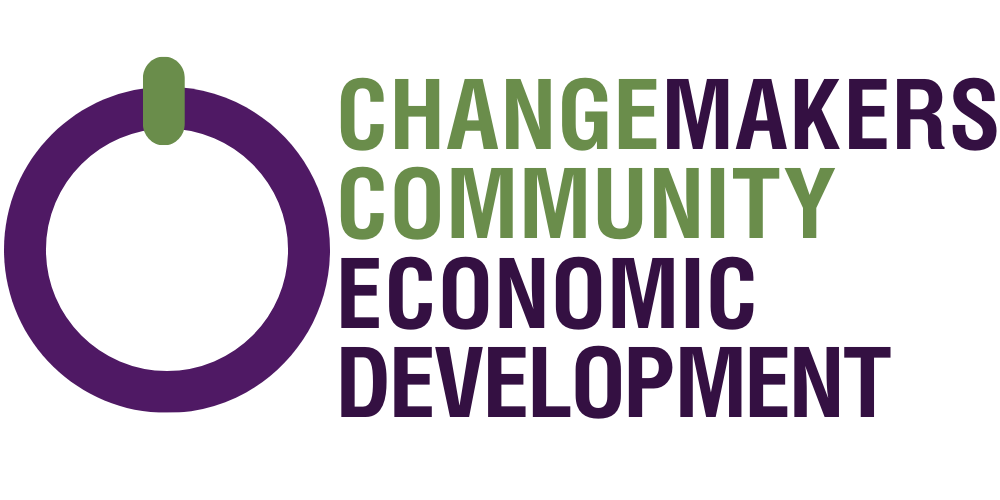Needs and Storytelling
Needs and Storytelling
Telling a compelling story in a need statement can help engage your readers emotionally and make the need more relatable. Here are some steps and tips on how to effectively weave a story into your need statement:
Identify a Relevant Story: Start by selecting a real-life story or case study that illustrates the need you are addressing. This story should exemplify the problem or issue and connect with your audience's emotions. Make sure it's relevant and directly related to the need you're discussing.
Introduce the Story: Begin your need statement with an engaging introduction that introduces the story. Provide context about the individuals or community involved in the story and why their situation is relevant to your need statement.
Create a Vivid Picture: Use descriptive language to paint a vivid picture of the characters in your story, their circumstances, and the challenges they face. Help your readers visualize the situation and the people involved.
Highlight the Challenge: Clearly convey the challenges and obstacles that the characters in your story are encountering. Make it evident how these challenges relate to the broader need you're addressing.
Evoke Emotions: Engage your readers' emotions by portraying the emotions, struggles, and aspirations of the individuals in your story. Make the reader care about the outcome.
Demonstrate the Impact: Show how the problem or need has affected the characters in your story. Detail the negative consequences and the toll it has taken on their lives.
Reinforce the Need: After presenting the story, explicitly tie it back to the overarching need you're discussing. Explain how the story is representative of a larger issue or need that requires attention.
Quantify and Generalize: If possible, use data or statistics to quantify the need. After sharing the specific story, generalize it by explaining that many others in similar situations are facing the same challenges.
Transition to the Solution: After conveying the need and its emotional impact, transition into discussing the solutions or initiatives you propose to address the need. Explain how these solutions can positively impact individuals or communities like those in the story.
Keep It Concise: While storytelling can be powerful, remember to keep your need statement concise and to the point. Don't let the story overshadow the primary purpose of the document, which is to demonstrate the need and propose solutions.
Maintain the Reader's Interest: Make sure your story maintains the reader's interest throughout. Use engaging language, keep the pacing right, and avoid tangential details that may distract from the main message.
Proofread and Edit: After incorporating the story into your need statement, proofread and edit the entire document to ensure clarity, coherence, and correctness.
By incorporating a well-chosen and relevant story into your need statement, you can humanize the need, make it relatable, and evoke empathy and understanding from your audience. This can significantly enhance the persuasiveness of your statement and increase the likelihood of securing support or funding for your cause or project.
WHAT IS PHILANTHROPONO
The RaisingChange Philanthropono program provides free tuition for fundraising certification from Boston University. As a requirement after completing the certification program, participants volunteer 90 hours at a Native Hawaiian or under-funded organization to provide fundraising support.
For more information about Changemakers Hawai'i and our RaisingChange Philanthropono program, visit this page.
Join us in our mission and contribute to our community's growth and prosperity.
You can provide the opportunity between seed and fruit.
RELATATED ARTICLES








